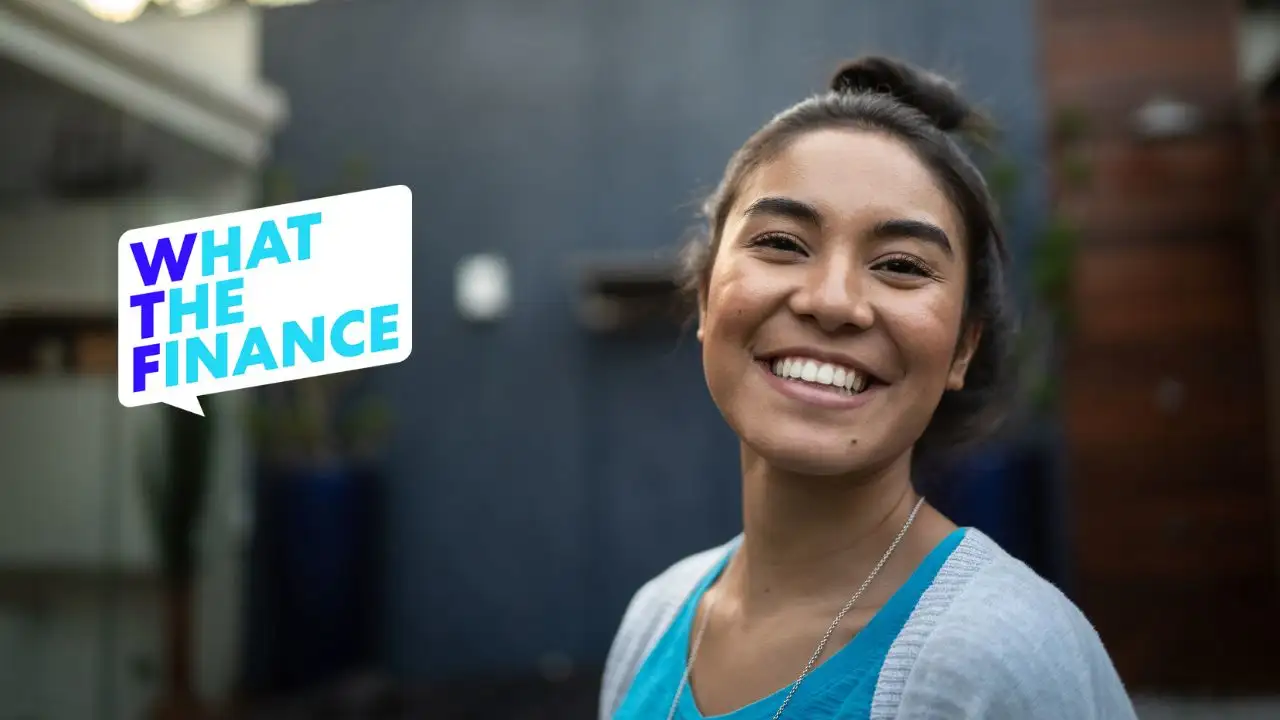
Everyday Finances
WTFinance is compound interest and how does it work?
Apr 10, 2023
Written by
Reviewed by
When I wondered why it was so darn hard to pay off credit cards, I learned that compound interest was the main catalyst of my woes. But I learned at work that it’s also the thing that can help you retire wealthy if you start saving early. Confused? I was too.
If you have a credit card or you’re saving money in the bank (or both), compound interest is part of your life. Let’s take a look at how compound interest affects you personally—for better or for worse.
What is compound interest?
Compound interest is interest on top of interest. If you owe money, you can think of it as the reason why it feels like you’re taking two steps forward and one and a half steps back every time you make a payment. They’re charging you interest, and then they are charging you interest on your bigger balance.
On the other hand, if you are saving money, compound interest is the magic potion. It’s why we’re told to let our retirement savings grow as long as possible. You earn interest, and then you earn even more on the bigger balance.
How does compound interest work?
On a credit card with compound interest, the interest rate is applied not just to the original amount of money you spent, but also to the interest they charge you on your outstanding balance.
Most credit cards charge interest daily. If you don’t pay off your balance by the end of the month, all of that daily interest gets added to your balance. Starting next month, your daily interest rate will be applied to that new total. This has an accelerating effect that can cause your credit card balance to snowball.
Here’s an example:
You have a credit card with a balance of $4,000 and an annual interest rate of 19.99%.
Each day your balance is charged 0.0548% (19.99 divided by 365).
After the first day, $2.19 would be calculated and to your next day’s balance ($2.19 x 0.0548%), for a new balance of $4,002.19.
On the next day, the daily interest charge is calculated on the new, higher, balance.
In many cases, the interest charge is only added to your balance if you don’t pay off your balance in full by the due date. If you don’t, the interest shows up.
The extra charges might not seem like much each day, but over the course of just one year the numbers get big.
If you owe $25,000 on your credit card with a 20% interest rate, you’re looking at more than $414 in interest charges the very first month. That’s $5,000 in interest in one year. It doesn’t take long before the interest charges are bigger than the original debt.
Is compound interest good or bad?
Whether compound interest is good or bad for you depends on the situation.
Compound interest is good when it’s on the money you’re saving or investing. As you earn interest on your money, it gets added to your total balance. Then you earn interest on the bigger balance. You can build up your savings faster when compound interest is working in your favor.
Compound interest is bad when it’s on loans or credit cards. Because you pay interest on your interest, your debt balance can grow, and grow, and grow. Left unchecked, compound interest can cause your debt to spin out control.
Paying compound interest is money out of your pocket, and can lead to a painful debt trap. That’s a great reason to get serious about picking a debt payoff strategy so that you can put your money to work for you, and not the credit card issuers.
Author Information
Written by
Miranda Marquit is an award-winning freelance writer and podcaster who has covered various financial topics since 2006. Her work has appeared in numerous media outlets, and she is frequently asked to host workshops and appear on panels on topics related to financial wellness. She is the co-host of the Money Talks News podcast and a consumer finance advocate and spokesperson for moving hub HireAHelper.
Reviewed by
Kimberly is Achieve’s senior editor. She is a financial counselor accredited by the Association for Financial Counseling & Planning Education®, and a mortgage expert for The Motley Fool. She owns and manages a 350-writer content agency.
Related Articles
Expecting a check from the IRS and wondering what to do with it? Check out this inspo for smart ways to use your tax refund.
Kimberly Rotter
Author
Your debt-to-income ratio tells lenders how much money you can borrow. Find out how it works.
Jackie Lam
Author
If you’re looking to borrow money, it helps to know the difference between unsecured debt and secured debt, Learn more here.
Jackie Lam
Author
Expecting a check from the IRS and wondering what to do with it? Check out this inspo for smart ways to use your tax refund.
Kimberly Rotter
Author
Your debt-to-income ratio tells lenders how much money you can borrow. Find out how it works.
Jackie Lam
Author
If you’re looking to borrow money, it helps to know the difference between unsecured debt and secured debt, Learn more here.
Jackie Lam
Author


